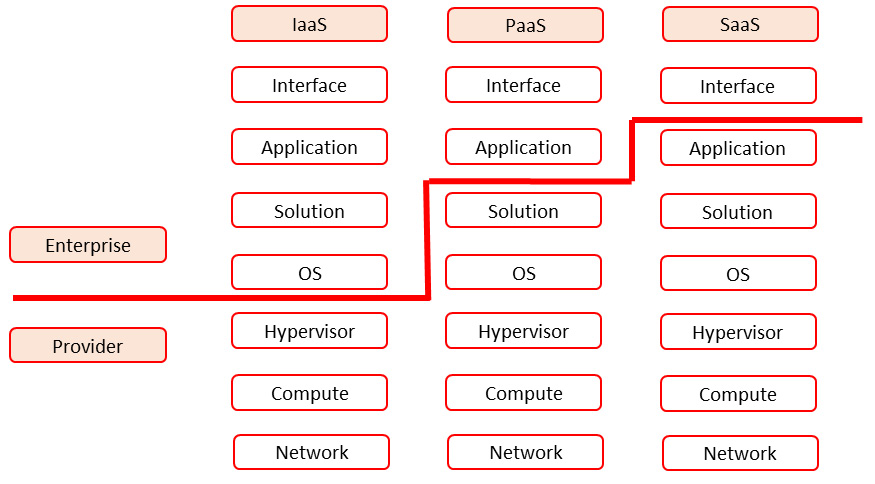Understanding BaseOps and the foundational concepts
BaseOps might not be a familiar term to all, although you could guess what it means: basic operations. In cloud environments, this is more often referred to as cloud operations. BaseOps is mainly about operating the cloud environment in the most efficient way possible by making optimal use of the cloud services that major providers offer on the different layers: network, compute, storage, but also PaaS and SaaS.
The main objective of BaseOps is to ensure that cloud systems are available to the organization and that these can safely be used to do the following:
- Monitor network capacity and appropriately route traffic.
- Monitor the capacity of compute resources and adjust this to the business requirements.
- Monitor the capacity of storage resources and adjust this to the business requirements.
- Monitor the availability of resources, including health checks for backups and ensuring that systems can be recovered when required.
- Monitor the...



